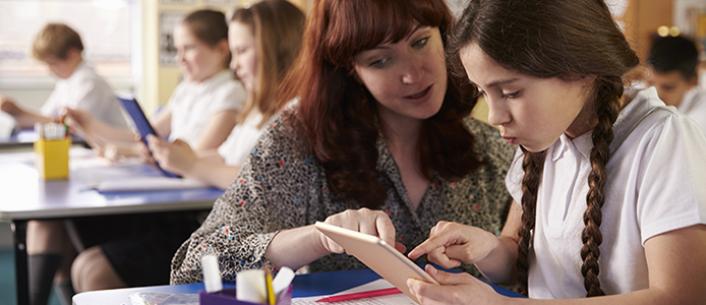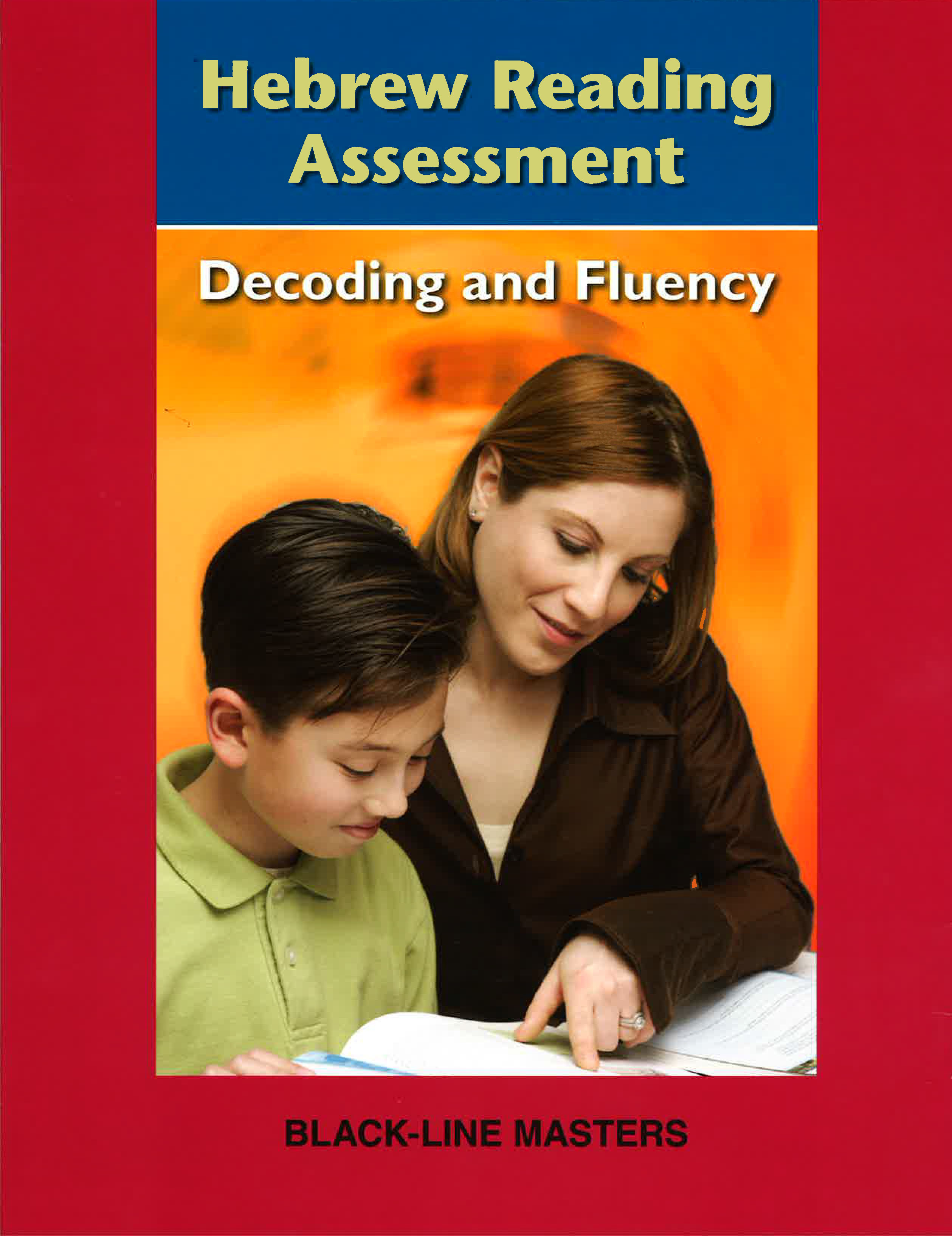Three Ways to Assess Students' Hebrew Skills, So You Can All Have a Great Year
Three Ways to Assess Students' Hebrew Skills, So You Can All Have a Great Year

You survived the fall holiday marathon. Now it's a good time to use your uninterrupted schedule to focus on your students' Hebrew skills.
Here are some resources to help you see where your students are in their Hebrew, and ensure they succeed in reaching the next level of your program.
Assess Hebrew language skills
The Diagnostic Hebrew Reading Test can help diagnose and remediate Hebrew reading problems for students who have already learned the Hebrew letters and vowels. This 45-minute diagnostic test is designed to be used with post-primer levels and administered as a class. These black-line masters focus on vowels and short-word recognition.
Download free sample assessment pages from the Diagnostic Hebrew Reading Test.
Diagnose specific challenges with decoding
The Hebrew Reading Assessment can help you understand specific student challenges with decoding at every level, with every Hebrew language program. Written by educator Lesley Litman, these black-line masters are designed to highlight key skills such as letter and vowel recognition, blending letters and vowels and whole words, look-alike/sound-alike letters, sight reading, special rules, and Hebrew in context. Hebrew Reading Assessment includes 25 assessment pages divided into six sections. Each section includes an introduction providing guidance on how to assess that specific area of decoding.
Download from here a sample rubric, a multiyear record, an introduction to letter and vowel recognition, and an exercise with supplementary questions.
Assess prayer skills
Hineni
At each level of the Hineni prayer curriculum, the Hineni Teacher’s Editions include a prayer content assessment page at the end of each lesson. Answer keys are included in the back of each book.
The Self-Guided Hineni lets students check their own progress. Through assessment sheets for all the prayers, students can circle errors and work through a prayer mastery chart.
Download from here for a sample page from The Self-Guided Hineni.
Hebrew in Harmony
Assessment is built into the program in several ways. The last page of each student journal is designed to check student’s learning of the prayer module, with reflection and critical-thinking questions.
In the Hebrew in Harmony Digital App, students can record themselves reading prayers and compare their readings to the audio tracks in the app. Comparing their readers allows them to own their own prayer mastery and determine what they think they need to work on.
The Hebrew in Harmony Curriculum Core for teachers provides detailed techniques for framing the learning, such as Know, Do, Believe, and Belong. Download from here the assessment information from the Curriculum Core.





